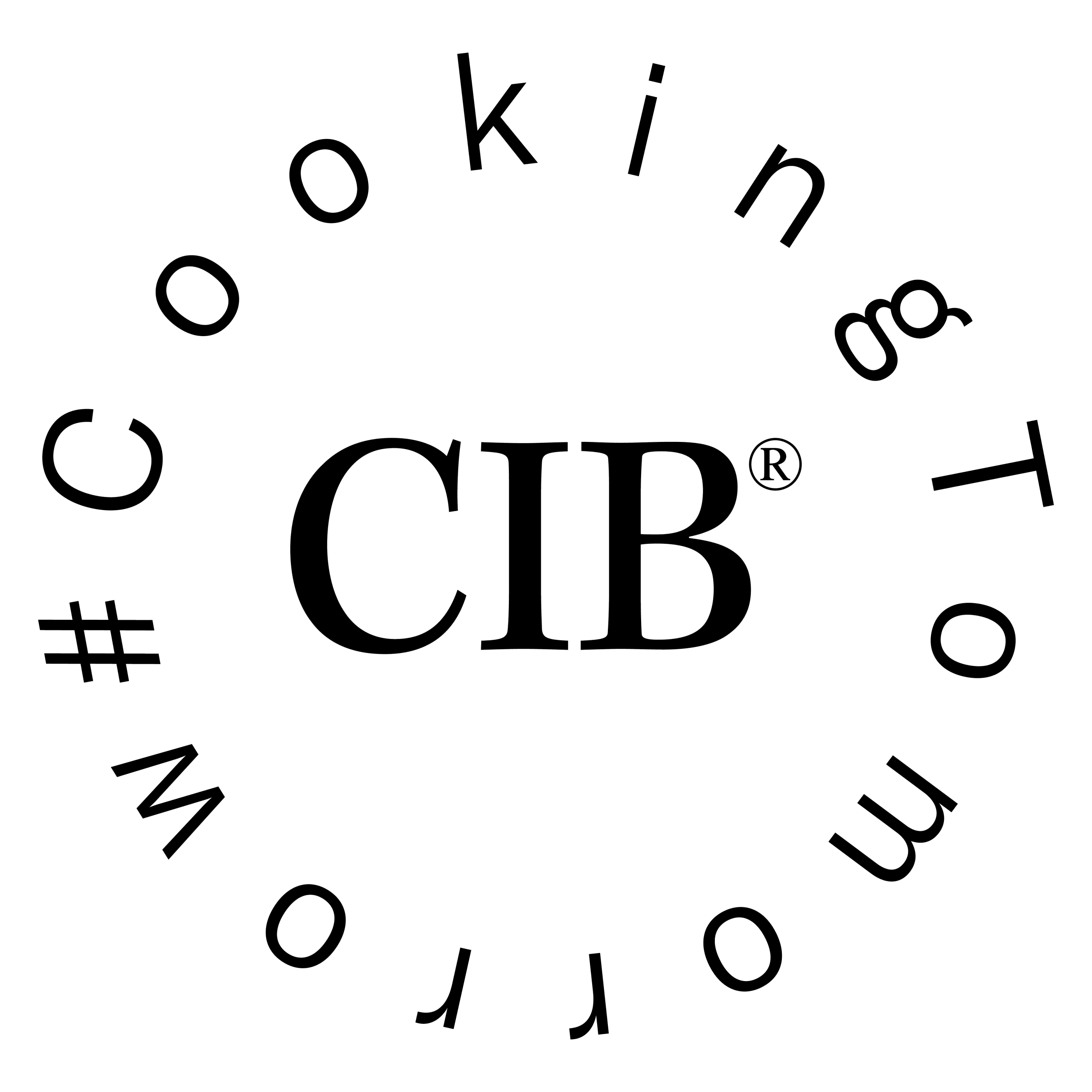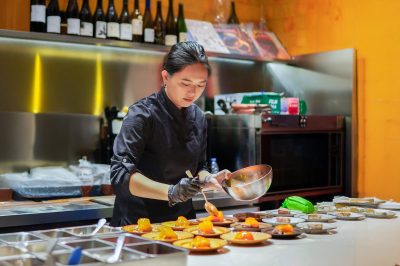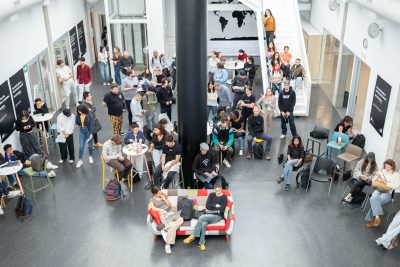On June 18, 2024, we held a new edition of CIBTalks Futuro at the CIB · Culinary Institute of Barcelona to explore the future of gastronomy through the lens of artificial intelligence.
To prepare for the session, future CIBers had to conduct brief research on current solutions and technologies, a market analysis, and a consumer profile. After the presentations, they had to solve various challenges and present them in a maximum of 5 minutes.
The event consisted of an intensive five-hour hackathon, discussing trends in the FoodTech sector and the use of artificial intelligence in restaurant creation. It inspired students to generate solutions through creativity and innovation using various tools.
AI, Restaurants, and LogMeal. How to Integrate New Technologies in the Food Sector?
Integrating new technologies in the food sector can be challenging, considering their rapid evolution and the myriad applications across all industries.
Eric Verdaguer led the first presentation, explaining that the Research and Development department at the University of Barcelona, where he works, received a report from the World Health Organization stating that 40% of chronic diseases are related to nutrition. Experts faced the problem of lacking tools to monitor the population’s diet.
The team developed a recognition system composed of AI, computer vision, and deep learning, to provide exclusive data to dietitians and nutritionists. This contributes to the Sustainable Development Goals: SDG 3 Good Health and Well-being and SDG 12 Responsible Consumption and Production, focusing on reducing food waste.
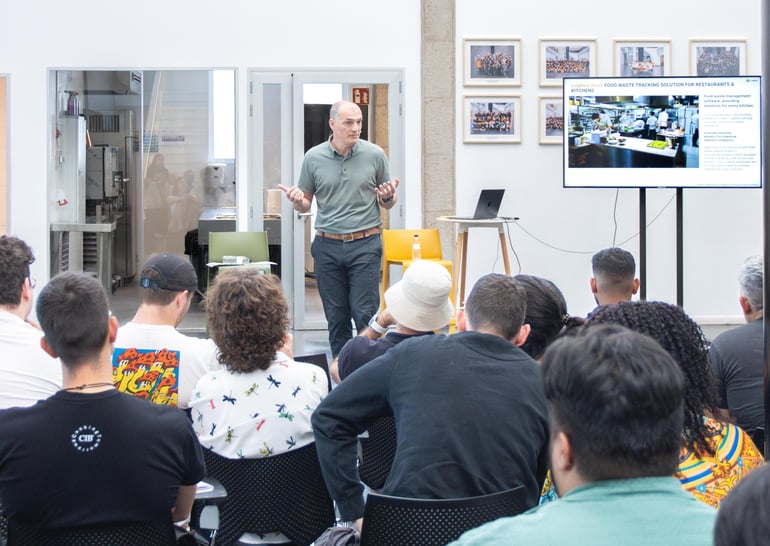
What is LogMeal?
The proposal from Eric’s team is an application called LogMeal. It recognizes the ingredients of a dish and asks the diner to provide as many details as possible to extract nutritional information. This way, it objectively, structured, standardized, digitized, and in real-time monitors people’s diets.
By taking just two images (at the beginning and end of the meal), LogMeal can calculate the actual intake, nutritional value, and cost, and even replace laboratory analysis of what the person has consumed. It helps to determine what is being eaten and what is not, for example, in a hotel chain, or what to buy and what is being wasted to optimize the next purchase. LogMeal can recognize 1,400 international and local dishes with their nutritional information.
LogMeal’s algorithm is constantly trained to be as accurate as possible, providing reliable information for health professionals to make decisions. This solution applies to other types of businesses such as restaurants, hospitals, and high-performance sports centers, among others. In the culinary field, applications like LogMeal allow chefs and hospitality businesses to predict their clients’ needs.
Highlighted trends included cruise ships, a type of business that requires efficient inventory. Knowing consumer information allows logistics adaptation. Currently, there are more digital solutions for hospitality focused on tables in establishments that start incorporating information about diners, their tastes, and preferences, enabling anticipatory decisions and efficient service.
Other trends include hyper-personalization, digitalization of menus, and digital reservations.

Restaurant GPT: Creating a Restaurant from Scratch with Artificial Intelligence
The second presentation was led by Adrián Beloki, Content Strategy Director at Peldaño, who discussed the impact of generative AI in the restaurant sector. Adrián explained that although the AI boom exploded in 2022 with Chat-GPT, similar systems had been under development for some time.
Early AIs, known as classic AIs, could understand information from a very specific and closed context, executing precise commands. Current AI, or generative AI, can create original content in many different forms.
Adrián began experimenting with Chat-GPT and developed a series of “Do’s & Don’ts” for his colleagues using AI for journalism. This successful hobby led him to focus on it until he developed a restaurant concept with this tool.
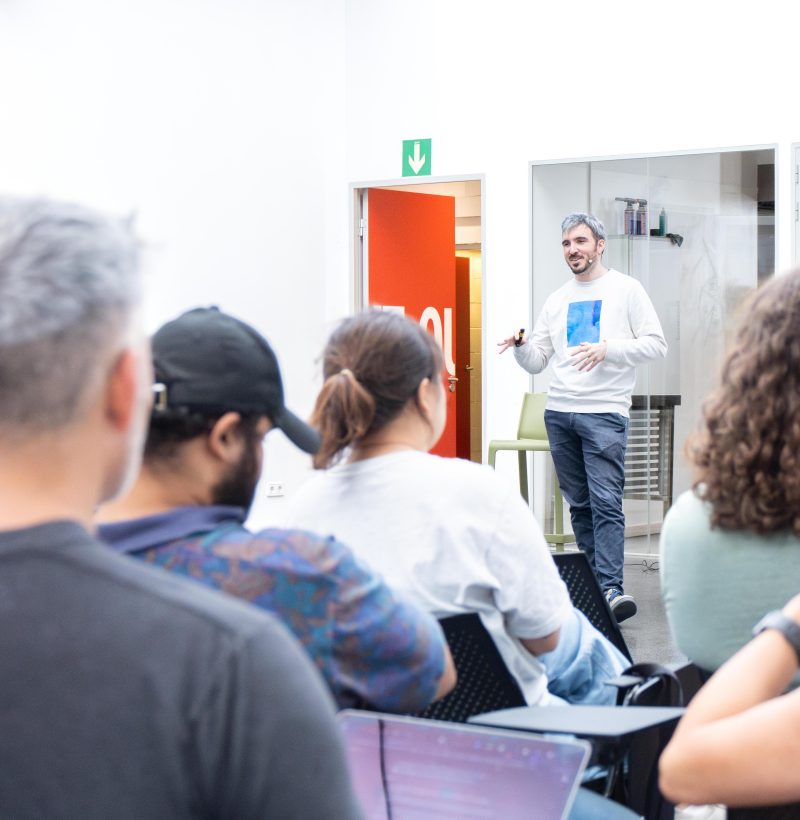
How to Create a Restaurant with Artificial Intelligence?
Adrián, being a journalist and not in the hospitality industry, was unfamiliar with the process of creating a restaurant. He sought help from Chat-GPT. However, the initial responses were superficial and did not help him create a consistent roadmap.
He provided context and specific needs, realizing that the more he interacted with the tool, the better the results. He found that AI could not develop complex projects on its own; it needed context.
He continued developing the project, which until then was a Mexican restaurant in Madrid with a 200,000 € budget. He wanted to delve into suppliers, and the tool gave him a list of names, all U.S. brands. Adrián realized that Chat-GPT had a bias because it was trained with U.S. information.
He then asked for help finding a location within Madrid that matched his budget. The AI recommended the Vallecas neighborhood, a southern area of the city with a strong identity of working-class people. He asked for information about the neighborhood: its history, lifestyle, businesses, and people. The AI described the neighborhood’s characteristics in detail, highlighting its relationship with the Rayo Vallecano football team.
Thus, the AI helped Adrián choose a name: Rayo Jalapeño. He used another AI tool called Midjourney to develop the brand identity for Rayo Jalapeño. He realized that AI could be very useful in the inspiration phase if complemented with human judgment.
The Challenge
After the inspiring talks, students worked on their challenges in teams. Some had to improve food safety standards and practices in restaurants, others inventory management and food waste, others designed a product to enhance the customer experience, and the last group developed a solution to analyze diners’ preferences and restrictions.
The different groups spread throughout the center, using the tools provided to present their proposals in a maximum of five minutes. Undoubtedly, the results of these sessions are always inspiring for the audience, as they allow for visualizing different fields of cooking and gastronomy, and they draw inspiration from them to apply to their projects.





